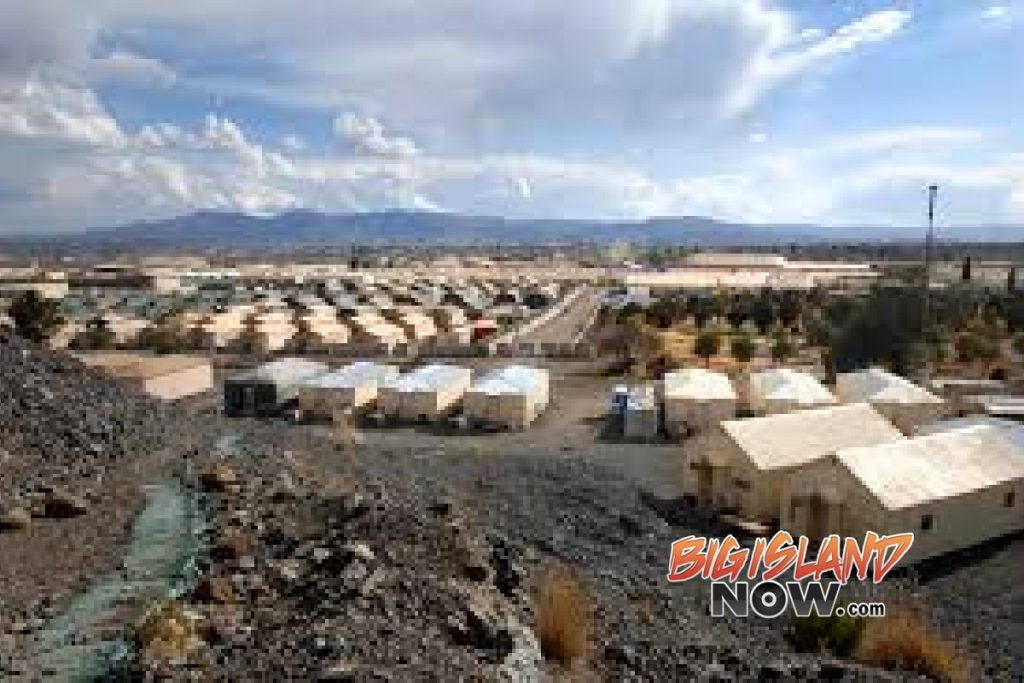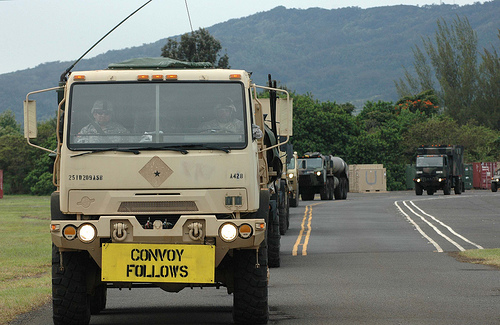Legislation Introduced to Protect Military Bases
 U.S. Sens. Brian Schatz (D-Hawai‘i), Jerry Moran (R-Kan.), and Jack Reed (D-R.I.) introduced the Requiring Every American Defense Installation to Nullify Environmental Stresses for Security (READINESS) Act of 2019 on April 11, 2019.
U.S. Sens. Brian Schatz (D-Hawai‘i), Jerry Moran (R-Kan.), and Jack Reed (D-R.I.) introduced the Requiring Every American Defense Installation to Nullify Environmental Stresses for Security (READINESS) Act of 2019 on April 11, 2019.
This legislation is meant to protect military bases from extreme weather events by requiring them to prepare for potential disasters and other risks posed by severe changes in environmental conditions.
“Our military cannot afford to ignore extreme weather as it becomes more frequent and severe,” said Sen. Schatz, lead Democrat on the Senate Appropriations Subcommittee on Military Construction and Veterans Affairs. “Our bill will make sure we build stronger and smarter military bases so that our armed forces can continue to protect American interests at home and around the world.”
“Building upon the success of our legislation to increase military installation resilience for bases vulnerable to flood damage that was included in the 2019 National Defense Authorization Act, we must make certain that service members are equipped to face the potential impacts of natural disasters on our military bases,” said Sen. Moran, a member of the Senate Defense Appropriations Subcommittee. “Our bipartisan READINESS Act would ensure that military facilities across our country have plans and infrastructure in place that take environmental threats into consideration, allowing for continued operations during severe weather conditions.”
“The Department of Defense has requested billions of dollars in emergency funds to fix bases that have been damaged by extreme weather and heavy flooding,” said Sen. Reed, ranking member of the Senate Armed Services Committee. “We must be proactive about enhancing the resiliency of our military installations, thereby lowering disaster-related losses. This bill will ensure that our bases are planning for the impacts of extreme weather and will enhance the military’s ability to wisely invest in building resilient systems and infrastructure that are better protected from severe storms, floods and other impacts of climate change.”
The READINESS Act would require that all Department of Defense bases have military installation resilience plans that:
- Include the current risks and threats to military resilience resulting from extreme weather events, change in sea level, flooding and wildfires;
- Describe the impact on critical infrastructure inside and outside the military base that are necessary to its mission;
- Include the future risks and threats to military resilience during the 50-year lifespan of the base resulting from extreme weather events and other environmental conditions;
- Describe the projects necessary to mitigate the identified risks to the military base (including the costs and types of agreements with Federal, tribal, state or local governments necessary to execute the military installation resilience plan);
- Are reviewed no less than every five years by the service secretaries to ensure that each plan is consistent with the intent of increasing military readiness.
Persistent flooding, drought and wildfires pose the most significant threats to base operations and resilience for each of the military services. In the last year, multi-billion dollar storms destroyed Tyndall Air Force Base in Florida, displacing the F-22 Joint Strike Fighter mission there, and devastated large parts of Camp Lejeune in North Carolina, from where the Marine Corps’ II Marine Expeditionary Force deploys. Recently, Offutt Air Force Base in Nebraska, home of the U.S. Strategic Command, was severely damaged by the major flooding that affected the Midwest.














